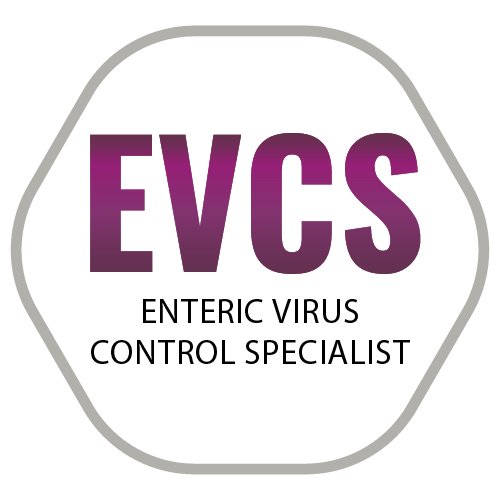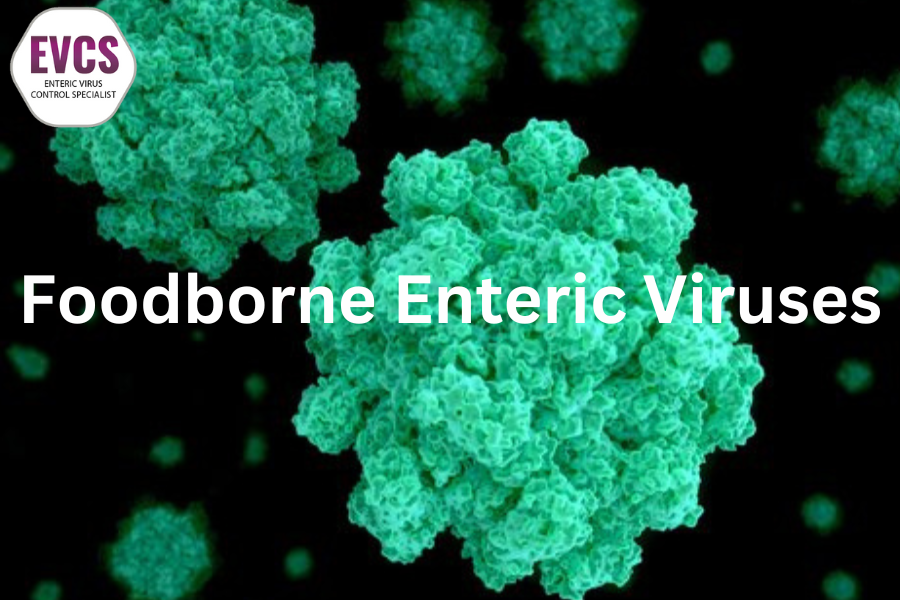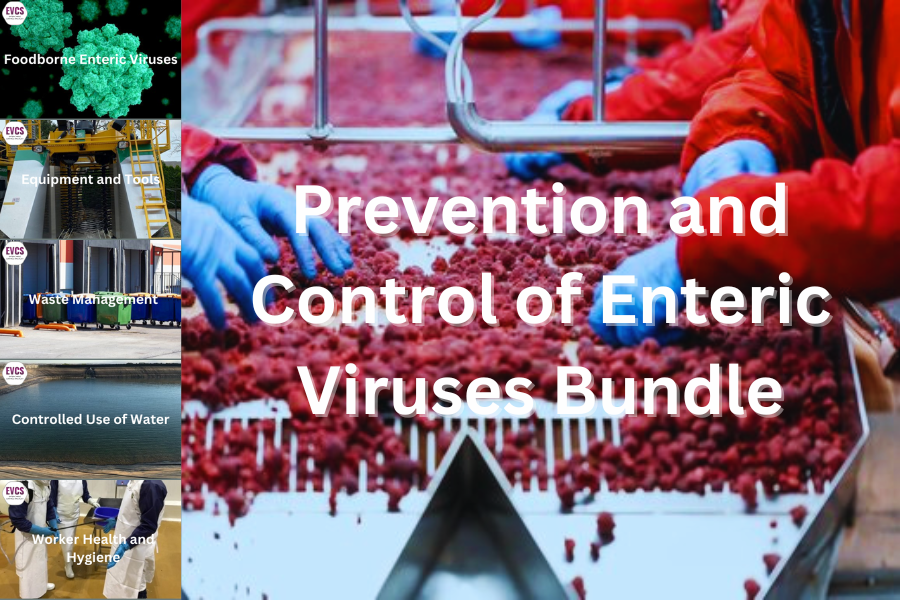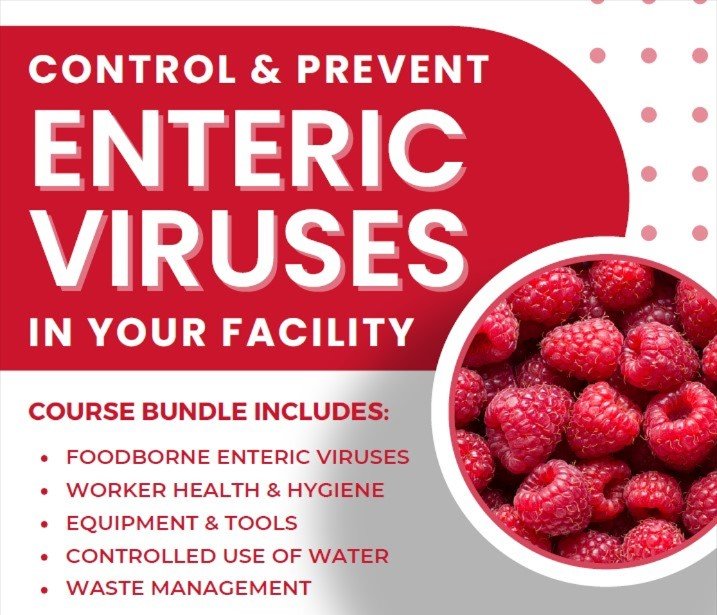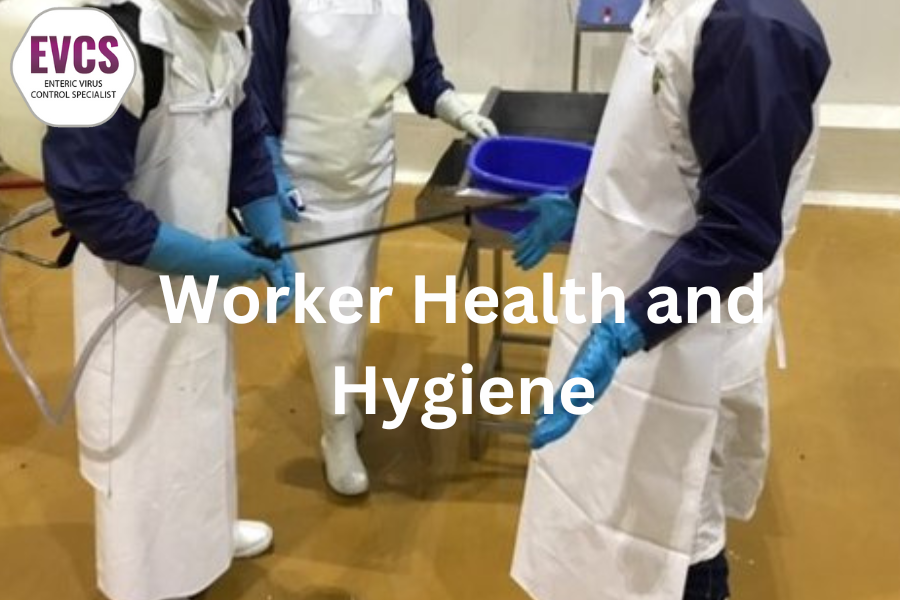Controlled Use of Water in the Prevention and Control of Enteric Viruses in Food Production and Processing Environments
Controlling the use of water and water sources can help prevent your products from transmitting enteric illness. This includes risk assessments, testing, irrigation, and washing of produce. Learn how to apply this to your organization.
After completing this course, you will be able to recognize:
The water source risk assessment process.
The importance of agricultural water source testing.
The significance of water quality for irrigation purposes, washing harvested produce, and processing.
The significance of water used in processing produce.
Course length: 1 hour
Controlling the use of water and water sources can help prevent your products from transmitting enteric illness. This includes risk assessments, testing, irrigation, and washing of produce. Learn how to apply this to your organization.
After completing this course, you will be able to recognize:
The water source risk assessment process.
The importance of agricultural water source testing.
The significance of water quality for irrigation purposes, washing harvested produce, and processing.
The significance of water used in processing produce.
Course length: 1 hour
Controlling the use of water and water sources can help prevent your products from transmitting enteric illness. This includes risk assessments, testing, irrigation, and washing of produce. Learn how to apply this to your organization.
After completing this course, you will be able to recognize:
The water source risk assessment process.
The importance of agricultural water source testing.
The significance of water quality for irrigation purposes, washing harvested produce, and processing.
The significance of water used in processing produce.
Course length: 1 hour


